An Introduction to Precious Metals Investing
With over six thousand years of history, gold and silver are some of humanity's first and most elementary investments, and long predate modern financial assets such as stocks, bonds, derivatives, and cryptocurrencies. Unlike today’s most popular investments that are increasingly dominated by speculators who buy and sell over very short timeframes, physical gold and silver have always been the best forms of money and long-term stores of value. Despite their long history and simplicity, many people today are unfamiliar with gold and silver investing or where to even begin. In this article, we will teach you everything you need to know to get started as a physical precious metals investor.
Why Gold & Silver Are the Best Stores of Value
Of all the investment fads that come and go, physical precious metals have stood the test of time as the best way to preserve wealth in the long run. Gold and silver hold their value and are the only reliable defense against persistent inflation that never stops eroding people’s hard-earned wealth along with the purchasing power of all major currencies. In addition, gold and silver really shine during financial crises that devastate popular growth-sensitive investments thanks to their status as safe-haven assets and their lack of counterparty risk.
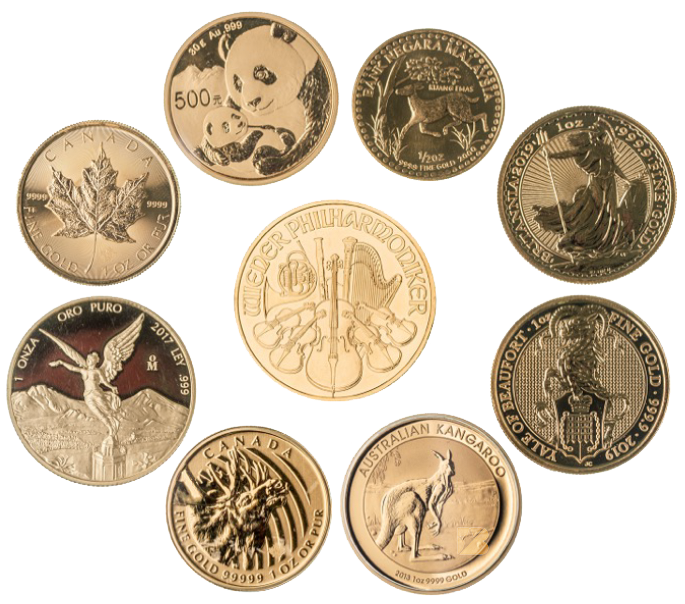
Why Gold & Silver Are the Best Money
For thousands of years, gold and silver were chosen to be money and stores of value in very disparate civilizations and historical eras, which is not a mere coincidence or a top-down directive from “the powers that be.” On the contrary, gold and silver organically arose as money time and time again due to their very unique characteristics that made them superior to all other forms of money that humanity has experimented with. They have also been used as backing for monetary systems such as the gold standard, silver standard, or bimetallic standard (which uses both gold and silver). Gold even backed the entire global monetary system between 1944 and 1971.
Money is a medium of exchange used by humans to facilitate the buying and selling of goods and services. Before the advent of money, humans relied on bartering, which was inefficient and required a double coincidence of needs in order for a transaction to successfully occur. The advent of money enabled societies to become much more prosperous and sophisticated than was possible under the barter system alone.
The key functions of money include acting as a medium of exchange for transactions, being an effective store of wealth, acting as a unit of account for transactions and valuations, and providing a standard of deferred payment such as allowing a debt to be valued or paying for goods and services at some point in the future. In terms of characteristics, money must be durable, easily divisible into various denominations and units, have inherent value, be scarce to keep its value high, be fungible (i.e., easy to substitute one unit for another), be widely accepted, be portable, and be difficult to counterfeit.
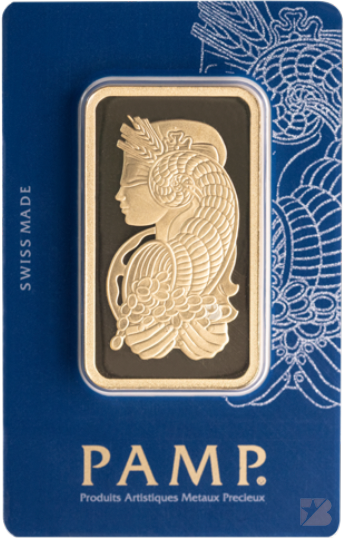
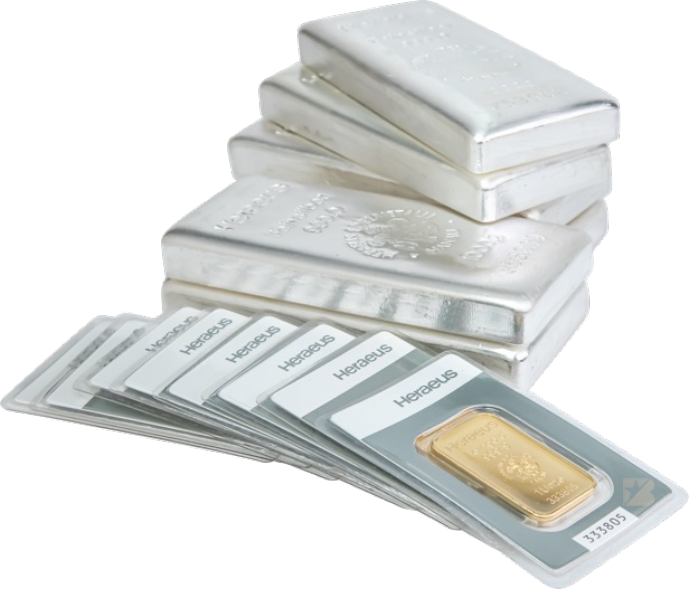
Unfortunately, fiat or paper currencies such as the U.S. dollar, British pound, euro, and Japanese yen are not good forms of money due to their lack of scarcity, which is the result of their respective issuers’ willingness to devalue those currencies by creating many more units of those currencies. Physical gold and silver, on the other hand, have a relatively fixed supply, which helps to keep their purchasing power stable indefinitely. Even central banks hold massive quantities of gold bars and even coins because they know all too well that fiat money loses value as a function of time.
Gold and silver are inherently valuable due to their special chemical and electrical properties, their scarcity, the difficulty and high cost of extracting them from the earth, and the fact that they can’t be created or destroyed. Gold’s physical characteristics such as malleability (the ability to be rolled into thin sheets) and ductility (the ability to be stretched into thin wire) are highly desirable for industrial and scientific applications. Gold’s high electrical conductivity and complete resistance to all forms of corrosion make it very valuable for electronics applications such as coatings on electrical contacts and as a conductor on printed circuit boards.
Physical Gold & Silver Have No Counterparty Risk
Unlike most other assets, physical gold and silver have zero counterparty risk since they aren’t someone else’s liability. In addition, gold and silver have no default risk because they’re not issued by an entity that could default such as a private individual, a corporation, a central bank, or a government. Those two rare qualities make precious metals extremely valuable in times of financial uncertainty and crisis — especially when considering the sheer complexity of our modern financial system with its complicated and entangled web of debt, inflated asset prices, and over $1 quadrillion worth of outstanding derivatives.
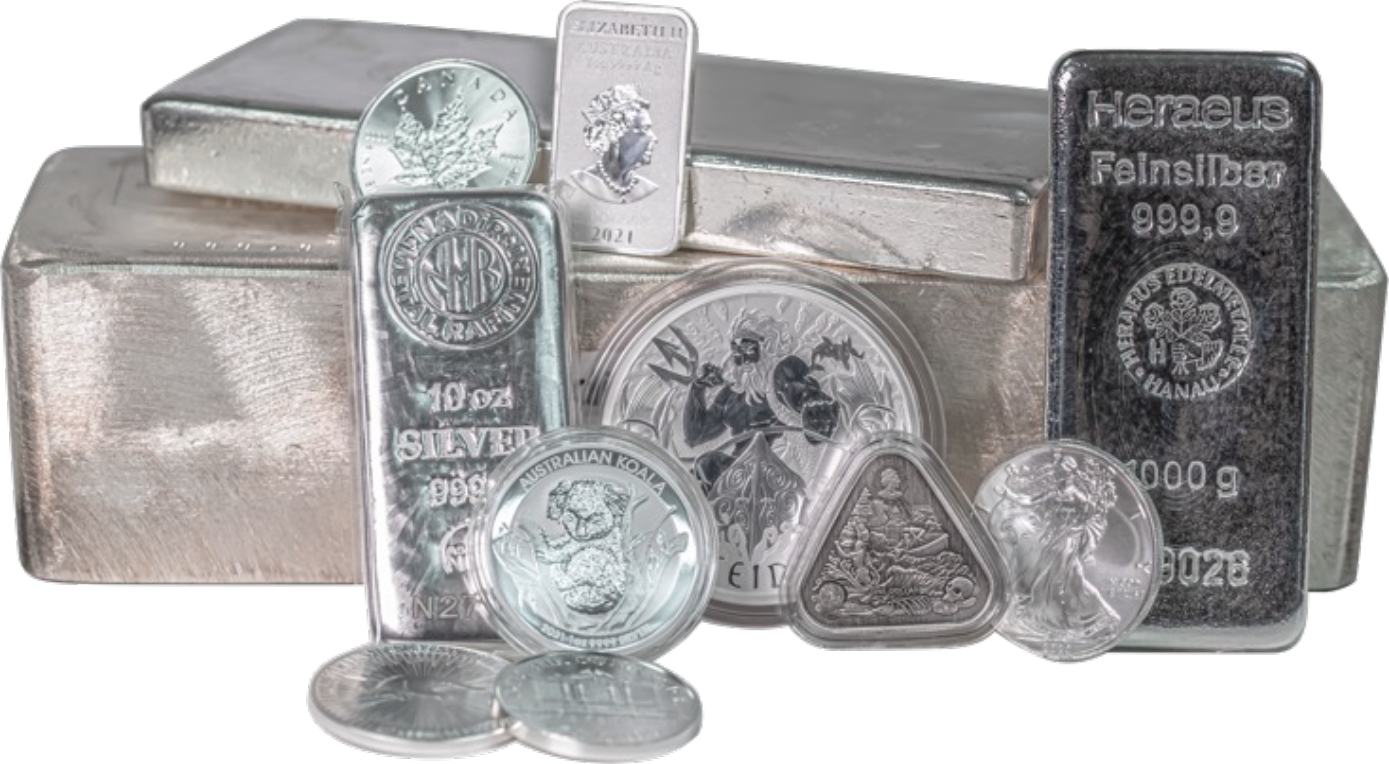
Precious Metals Supply & Demand
Physical gold and silver have a wide variety of uses and, therefore, sources of demand. On the investment side, gold demand comes from bullion investors, exchange-traded funds (ETFs), and central banks, while significant demand for physical gold also comes from the jewelry sector and industrial users of gold. Similarly, investment silver demand comes from bullion investors and ETFs, while significant demand for physical silver also comes from the jewelry and silverware sectors as well as industrial users (namely the electronics, chemical, and photography industries).
Gold and silver supply comes from mining and precious metals recycling as well as above-ground inventories. Because of the massive amount of gold and silver that are held in above-ground inventories, the overall supply of those metals grows at a slow rate. For example, a total of approximately 212,582 tons of gold has been mined throughout history, and virtually all of that gold is still around in the form of central bank holdings, bullion holdings, jewelry, and gold used in industrial and technological applications. In addition, approximately 3,000 tons of gold are mined each year around the world.
Dividing the total above-ground supply of gold by the amount of gold mined each year produces a metric known as the stock-to-flow ratio. The current stock-to-flow ratio is 70.86, which means that the supply of gold is growing very slowly in proportion to the total above-ground supply. That slow and steady supply growth is one of the major reasons why gold is such an effective safe-haven asset, store of value, and inflation hedge
Why Gold & Silver Are Superior Stores of Value
With their unassailable track record over thousands of years, gold and silver have proven to be the most effective stores of value over the long run. Gold and silver retain their purchasing power over time, which makes them inflation hedges. For example, a quality men’s suit has long been worth the equivalent of one ounce of gold. Back in the 1930s, a men’s suit and an ounce of gold both cost approximately $35. Now, almost century later, a men’s suit and an ounce of gold both cost approximately $2,300.

Even though the nominal U.S. dollar cost of a suit increased, the price of gold also increased. The stable supply of gold helps to preserve its purchasing power, unlike fiat or paper currencies that lose most of their value over time as central banks print them to oblivion. Needless to say, fiat currencies are terrible stores of value, yet so many uninformed savers keep most of their wealth in fiat currencies rather than in physical precious metals — at least for now.
As the chart below shows, the U.S. dollar has lost an astounding 97% of its purchasing power since the Federal Reserve took over management of the currency:
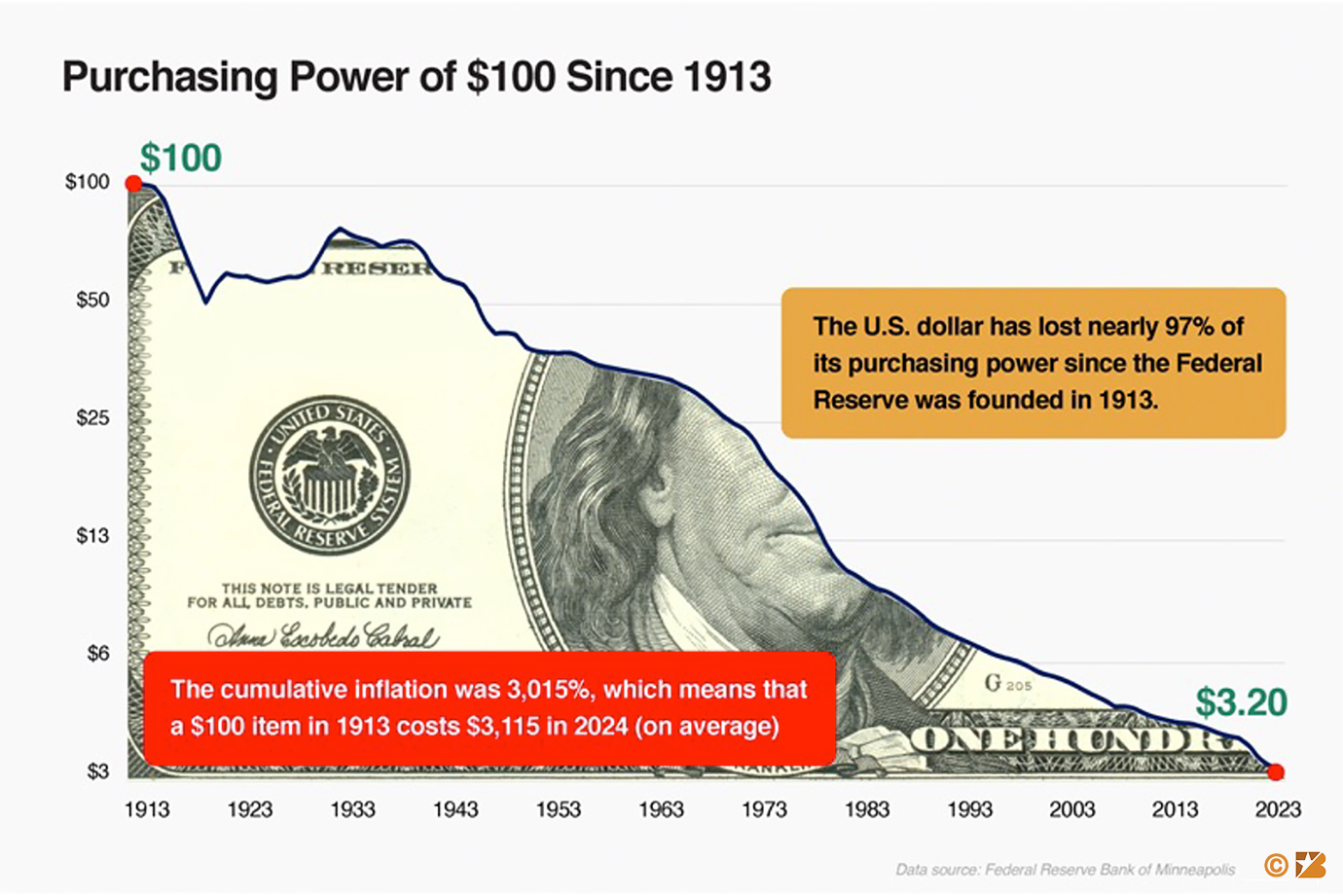
Why Gold & Silver Are the Best Safe-Haven Assets
In addition to preserving purchasing power over time, physical gold and silver are the premier safe-haven assets during financial crises, wars, political upheavals, and other periods of uncertainty. Gold and silver have such a long-held reputation as safe-haven assets that investors instinctively run to their safety when times get tough. Physical precious metals’ safe-haven reputation is completely justified (and not just a self-fulfilling prophecy) thanks to their lack of counterparty or default risk, which are extremely valuable qualities when complex financial products crash and fail. Gold and silver bullion also perform well during times of war, conflict, and oppressive regimes because they allow people to move their wealth across borders quite easily. Our documentary “Gold in Times of Crisis: Passage Out of Vietnam” showcases several examples of people and families who used gold to transport their wealth out of oppressive political regimes to free countries.

How Gold & Silver Improve Portfolios
Gold and silver have low correlations with stocks and bonds, which means that they help to improve more traditional investment portfolios by reducing their volatility and boosting their risk-adjusted returns. Unlike gold and silver, stocks and bonds are typically very sensitive to economic cycles, so the different assets complement each other by zigging while the others are zagging, so to speak. It is also advantageous to hold both gold and silver because the two precious metals have their own unique characteristics that are beneficial for diversification.

Physical Precious Metals vs. Paper Precious Metals
There are a dizzying number of ways to gain exposure to precious metals including physical gold and silver bullion, mining stocks, exchange-traded funds (ETFs), and derivatives such as futures & options. Over the past couple of decades, there has been an explosion in the number of financial products that are designed to track the price of gold and silver. For most of history, however, physical bullion was the only way to invest in precious metals, which certainly made it easier to choose.
Physical gold and silver bullion are the most traditional, straightforward, and intuitive way of investing in precious metals by far. Bullion is a term used for bars, ingots, or coins that are made from precious metals and are intended for investment purposes rather than circulation the way common coins such as pennies, dimes, and quarters are. Bullion bars and coins are minted in standard weights including 1 oz, 10 oz, 100 oz, and 1 kilogram, and standard metal purities such as 91.667% gold or 99.99% gold or silver. The word bullion comes from the old French word “bouillon,” which means “to boil” — a reference to the gold and silver refining process.
Non-physical precious metals products such as mining stocks, ETFs, and derivatives are nicknamed “paper” gold and silver because they simply track gold and silver spot prices but don’t actually give their investors any claims on physical gold and silver, let alone the ability to convert their shares or contracts into actual bullion that they can take delivery of. In other words, paper gold and silver investors are merely shareholders rather than holders of physical gold and silver, which is a very important distinction to be aware of.
The main problem with paper gold and silver products is that they lack one of the main advantages of physical gold and silver in the first place, which is their lack of counterparty and default risk. Though paper gold and silver investment products function well enough in normal times, there’s no guarantee that they will hold up in times of extreme financial stress and chaos of the type that precious metals investors are trying to protect themselves from.
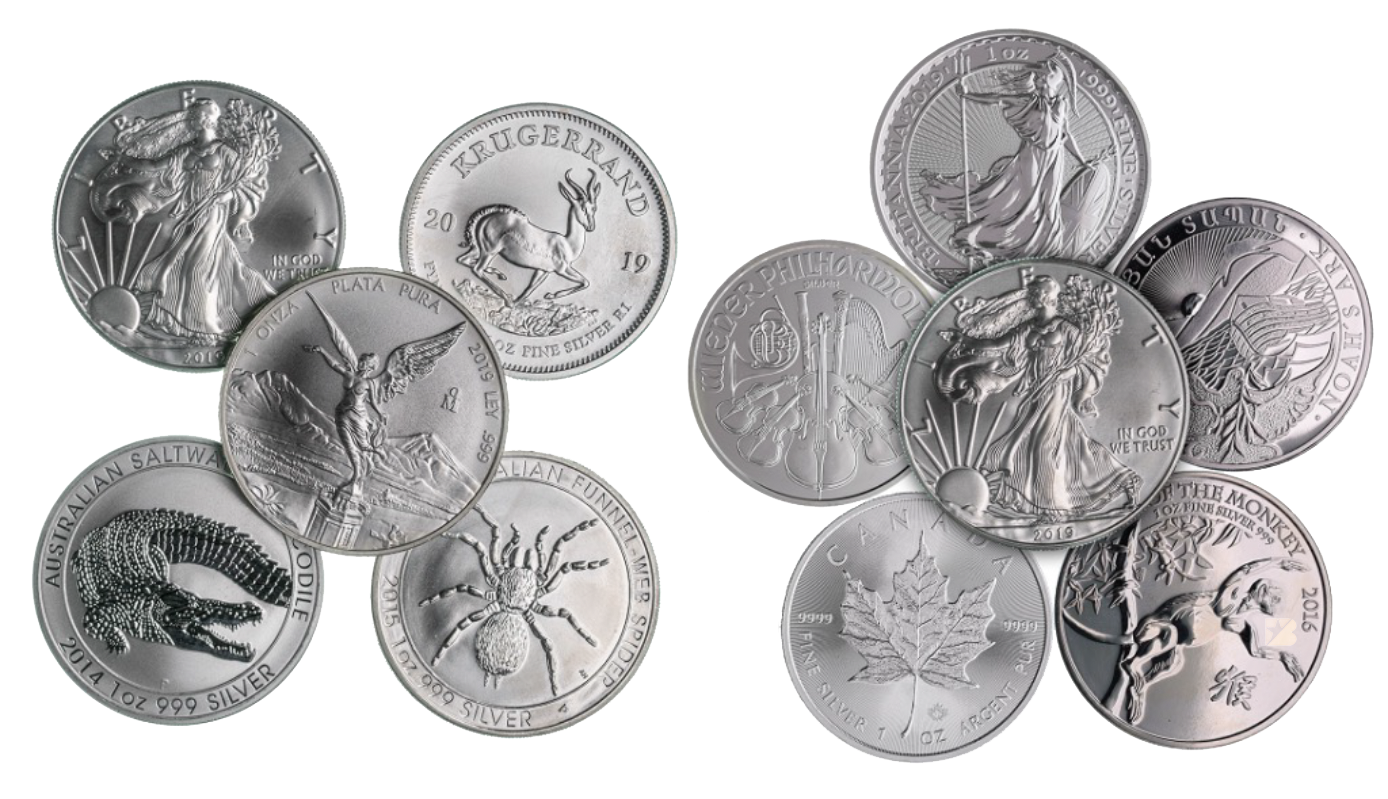
When choosing gold and silver bullion to invest in, the best advice is to stick with bars and coins that are made by highly respected mints and refineries. If you are looking for bullion bars, Switzerland’s PAMP, Argor-Heraeus, and Valcambi, the Royal Canadian Mint, and Heraeus of Germany are all fine choices. If you are looking for bullion coins, it’s wise to stick with popular and widely recognizable coins such as American Eagles, American Buffalos, Canadian Maple Leafs, South African Krugerrands, United Kingdom Britannias, Austrian Philharmonics, and Australian Kangaroos. Bullion from well-known and trusted mints and refiners is much more liquid if you decide to sell in the secondary market in the future.
The choice to go with coins or bars is largely a matter of personal preference and both track the price of gold and silver almost identically. Many precious metals investors acquire a mix of both kinds of bullion and appreciate the unique qualities that each type has. 1 oz coins are the most common weight by far, though many gold bullion coin series are also available in 1/10 oz, ¼ oz, and ½ oz weights. Aside from some special edition coins, most bullion coins aren’t available in sizes larger than 1 oz, so if your goal is to invest in larger bullion pieces, bars are your best option.
Click the links to see BullionStar’s selection of gold bars, gold coins, silver bars, and silver coins.
Conclusion
Gold and silver have helped humans protect their wealth since the dawn of civilization and continue to do so very effectively even in our high-tech modern society. Though many mainstream economists have often predicted that gold and silver would fall out of favor and be replaced by revolutionary man-made alternatives, the opposite is proving to be true as physical gold and silver continue to prove their value as central banks, savers, and investors grow increasingly wary of the dangers posed by fiat money and our complex and interconnected financial system. Today’s investors have a plethora of precious metals products to choose from, but physical gold and silver are the only ones that lack counterparty and default risk, which is one of the main reasons for investing in precious metals in the first place. Physical gold and silver are well-poised to continue helping humans protect their wealth for many generations to come.







